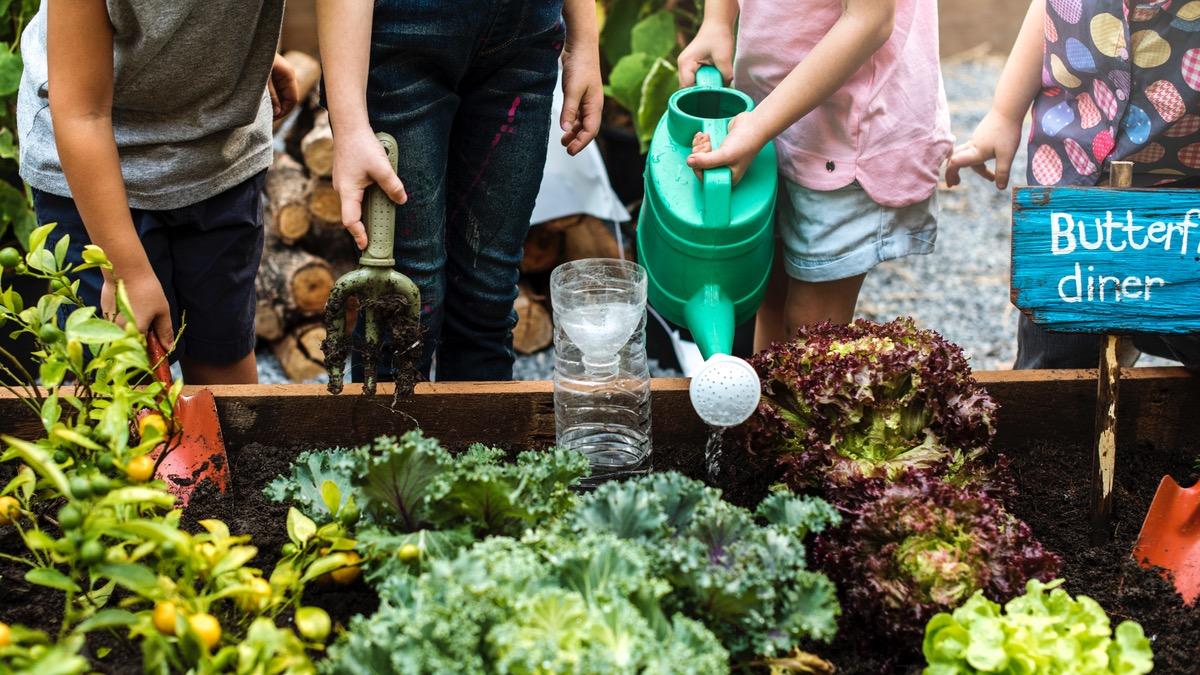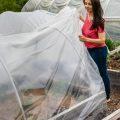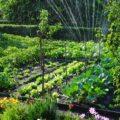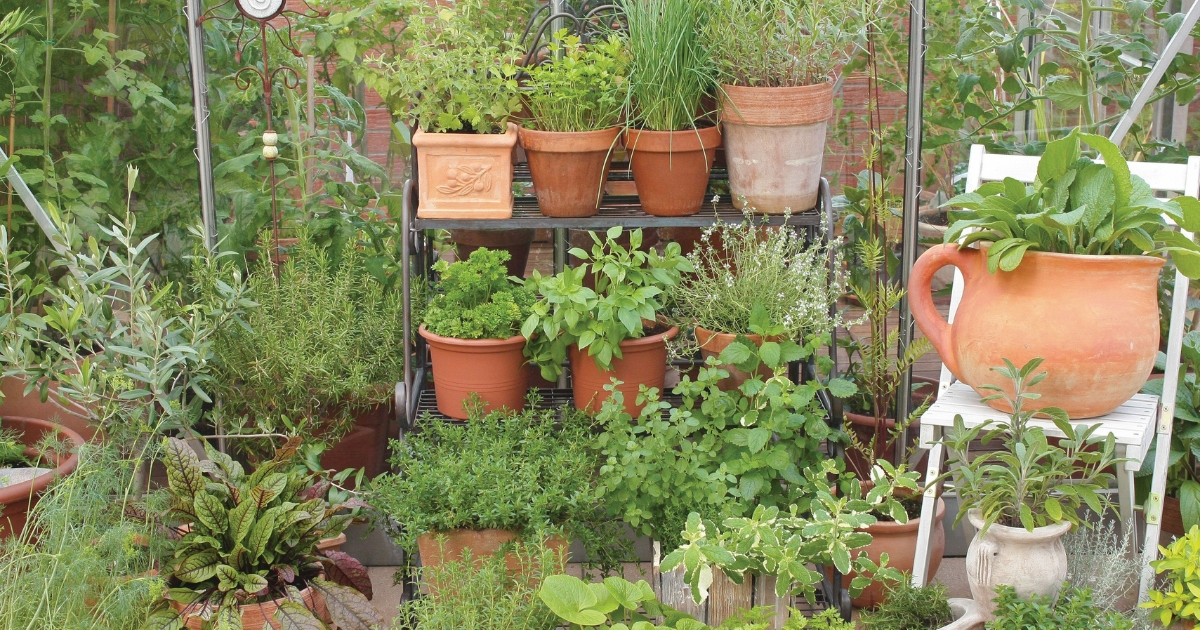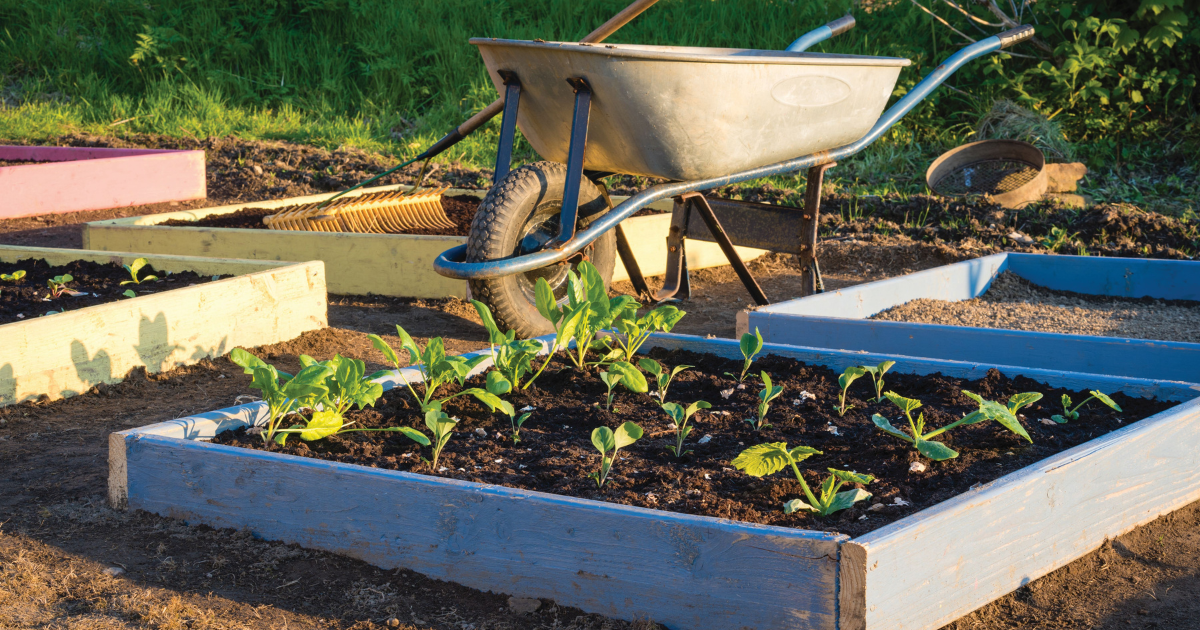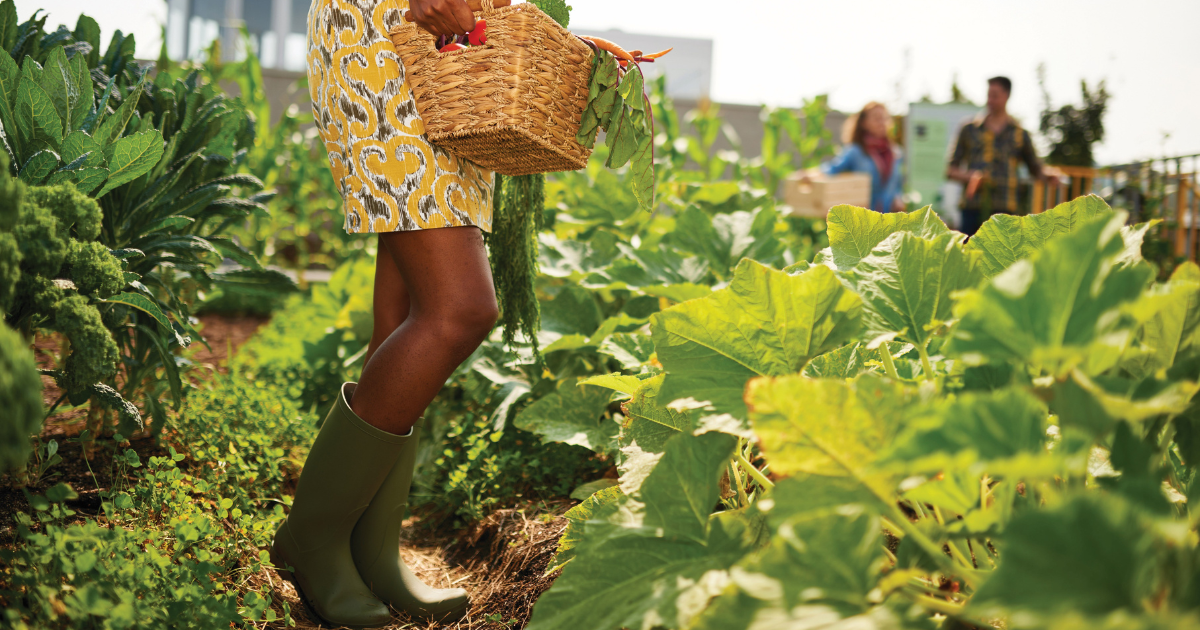Not since the era of the Victory Gardens of the Second World War has there been a stronger movement toward growing our own food, and at Harrowsmith headquarters, we get excited every time we hear that someone has replaced part of their driveway or lawn to start a new food garden. Whether it’s in the city, the country or the suburbs, people who have never considered food gardening as a use of space or time are giving it their attention. And rightly so, the opportunities for growing your own healthy food right now are so diverse. From berries to fruit trees to nuts, every feature plant in your garden has the potential to produce food if you plan for it and take advantage of the harvest.
1. Get Started Sustainably
Organic gardening is about having a deep reverence to natural principles and not using chemicals. Planting diverse gardens around your home is an important part of organic gardening. By choosing a wide range of trees, bushes, perennials and annuals, you are encouraging the biodiversity of plant, animal and insect species in your yard.
2. Choose a Site
Start small. Although you may have good intentions of growing a huge garden, the easiest way to turn yourself off gardening is to take on too much. Start with a raised bed, small border garden or a patio garden with a few big pots of herbs and vegetables.
3. Prepare the Site
Most food crops require full sunlight, with few exceptions. Full sunlight means that vegetables
and herbs should have a minimum of 6 hours of sunlight each day. If possible, plant vegetables in a south- facing location.
4. Know Your Soil
Healthy soil is the basis for every garden. Nutrients, water and oxygen are all building blocks of plant life that are provided by the soil through the roots. All soil will represent some mix of sand, silt and clay, but the healthy soils are teeming with microbial life and abundant organic matter (carbon).
Follow these expert tips to have healthy soil in your garden.
5. Decide What to Grow
Grow what your family likes to eat. Consider the number of growing (frost-free) days when choosing to grow something from seed or as a transplant. Some plants have longer growing times and need to be started indoors in late March to mid-April — 4 to 6 weeks before they get planted outside (or purchased from seedlings in May if you don’t have the time and space to get growing inside).
Check out Harrowsmith‘s food garden planning chart for tomatoes, potatoes, beans and 10 other crops.
6. Start Planting
When it comes to sowing seeds directly into the ground, most seeds do best when the risk of frost has past; however, onions, potatoes and peas are cool-season crops that can be planted 4 to 6 weeks before the average last frost date, as soon as the ground is workable.
7 Easy Tips to Get Your Garden Growing From Seed
7. Mulch, Mulch, Mulch
What is mulch? Mulch is any protective layer over the surface of the soil to prevent erosion, minimize weed pressure and retain moisture. Use wood bark mulch or straw, as it breaks down into the soil, adding important nutrients.
8. Water Wisely
Listen to your garden and pay close attention to signs of draught stress, such as wilting leaves or browning, then water deeply at the root zone to minimize wasted runoff or evaporation. Allowing plants to stress a bit between watering will train them to put down deeper roots and better withstand droughts.
9. Support New Growth
As food crops grow, they need a little extra attention. Get them off the ground by staking, that need to be pinched, staked, training them to grow on an obelisk trimmed and tied.
10. Fertilize
Natural fertilizers and soils rich in compost should be able to service all your plants’ needs. Make sure you’re adding plenty of compost and consider “green manures” such as a cover crop of clover, which can pull nitrogen right out of the atmosphere and into your soil for future crops.
How to Make Compost in Your Backyard
11. Troubleshoot
Experience and effort will minimize both the “problems” and the effort required to grow a successful garden. The essence of all organic techniques is to work with nature, not against it. Learn how to keep mosquitos, slugs, snails, rabbits, deer, raccoons and wasps out of your garden.
12. Harvest
All of your learning and labour in the food garden will pay off at harvest time. Be patient and let your fruit and veggies ripen before picking. Enjoy!

